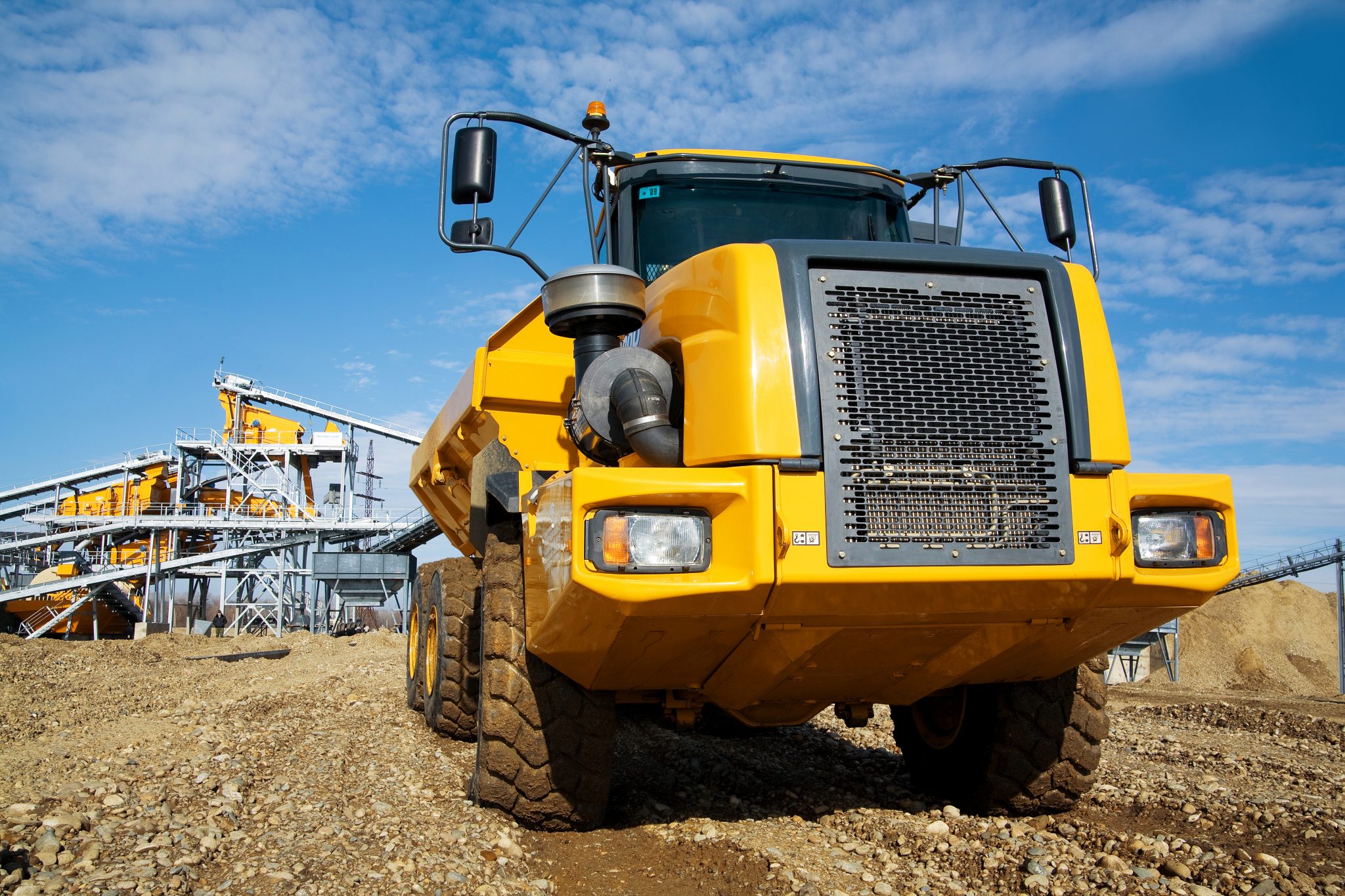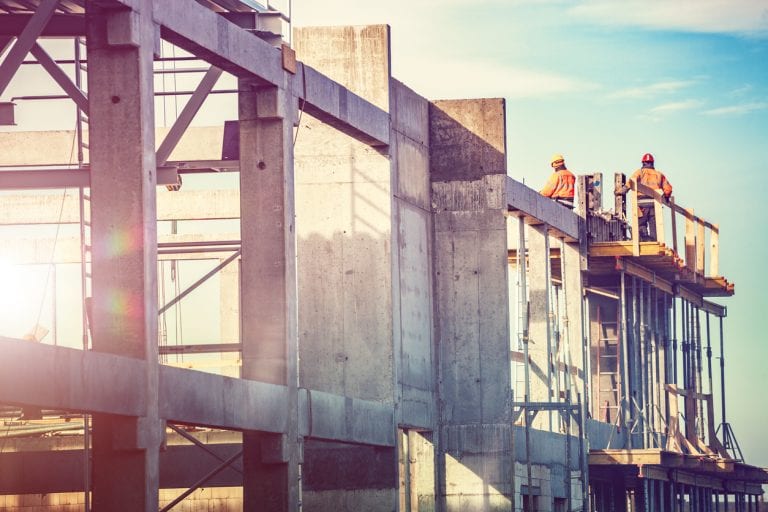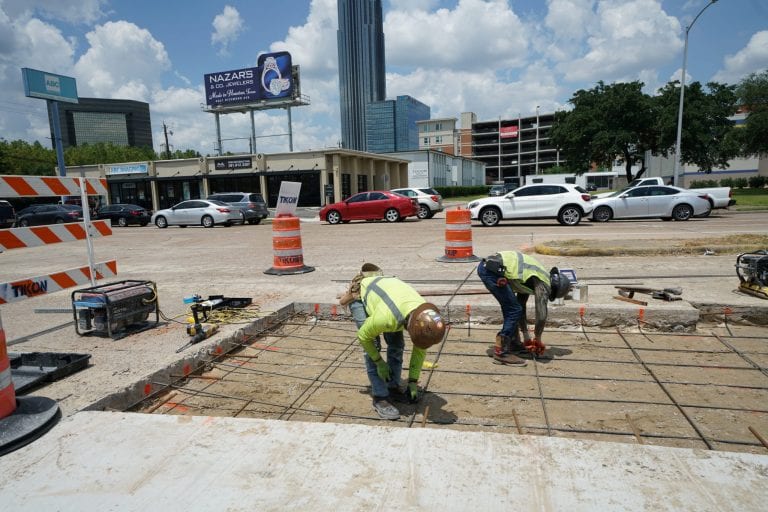
Technology is changing at a rapid pace, and the construction industry is not without its opportunities to automate processes and adopt the latest industry advancements. The increased availability of partially automated vehicles is the latest example of how companies everywhere can improve the efficiency and safety of their fleets. But that doesn’t mean contractors should jump on board without examining the anticipated effect of the technology in personal workspaces and on daily business operations. There is value to understanding how technology can best blend with workers as they look to perform their jobs easier, safer and more efficiently.
Construction contractors worldwide have already experienced automation and robotics by way of high-tech excavators, loaders, compacting machines, drones and other equipment commonly used on jobsites. The industry is known for identifying problems and fixing them in an adaptive and timely way. Advanced technologies can reduce incidents, prevent human error, eliminate fatigue and distractions, and much more.
But does automation completely remove exposure to risk? Of course not. New technologies may improve the safety and efficiency of a project, but managing risk will always be a part of jobs in the construction industry, regardless of the methods used.
Construction business owners, professionals, and industry suppliers must proceed thoughtfully and ask the right questions when exploring and incorporating new technologies. State-of-the-art technology that was once thought to be science fiction, such as autonomous vehicles, is expanding rapidly and here to stay.
Auto and truck manufacturers are producing more vehicles with automated driving components, and that requires companies to take steps to ensure that their fleet vehicles are operated safely. This applies to any fleet of vehicles, and companies and employees share responsibility for making sure vehicle safety features are used as intended.
All of this is explained in a new technical report from the American Society of Safety Professionals that can serve as a blueprint for companies to safely manage their high-tech fleets. According to the report, employers must deliver proper training and instructions to anyone getting behind the wheel of a partially or fully automated fleet vehicle.
It’s further proof that companies need to stay ahead of the curve and prepare today to safely incorporate automated vehicles into their fleets. Adding vehicles with automated features to a company’s fleet means changing company policies and procedures to address new issues. For example, drivers must understand how advanced driver-assistance features work, and employers must include automated systems in vehicle maintenance and collision-response procedures.
Millions of workers drive or ride in a motor vehicle as part of their jobs, and motor vehicle crashes are the leading cause of work-related deaths in the U.S. companies should look to resources from organizations such as the NIOSH Center for Motor Vehicle Safety to improve safety for workers on the road.
Business owners must also examine several factors when considering the implementation of any automated technology. Contractors should make sure they are not changing simply to change, but to make operational improvements safely, correctly and profitably. Many construction systems and processes have been proven successful and sustainable over many years, so a thoughtful analysis of proposed modifications is recommended. In addition, organizational culture must be considered when assessing new technology. There are many examples of organizations that spent big money on impressive new technologies that ultimately didn’t achieve improvements in safety or efficiency because they did not fit the culture of the company.
While automated technology holds incredible promise for its potential to prevent injuries and save lives, much work remains for the safe development and deployment of these advancements on a mass scale, especially in regard to fully automated vehicles. People are the most valuable resource to the construction industry, so drivers should never hesitate to ask questions and seek any training necessary to ensure that they remain comfortable and confident on the road. It’s important for all drivers to know precisely what their vehicle is capable of doing and also what it doesn’t do. Drivers should never make assumptions.
It’s an exciting yet critical time as the construction industry moves forward. With so many operational technologies becoming available across the industry, contractors must remember to take an intelligent approach to strike a right balance of personnel and automation in their work.
Source: Construction Executive







